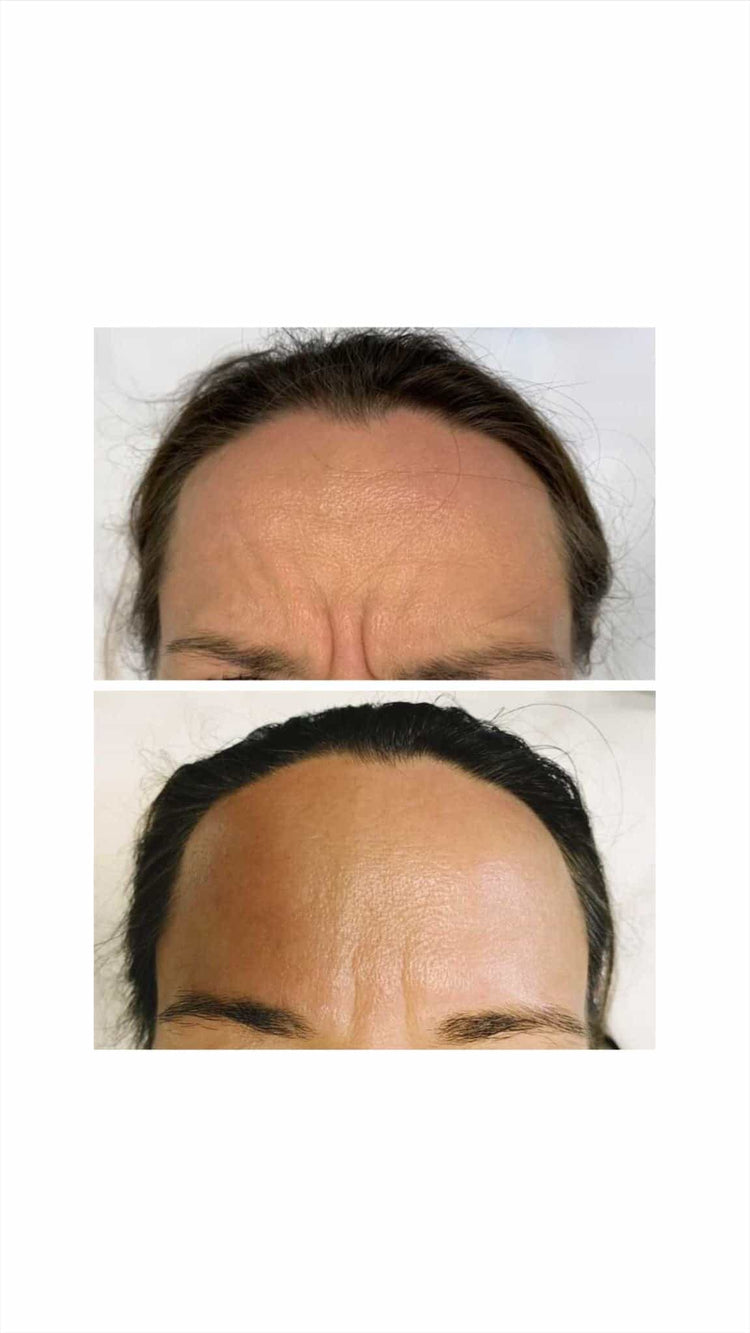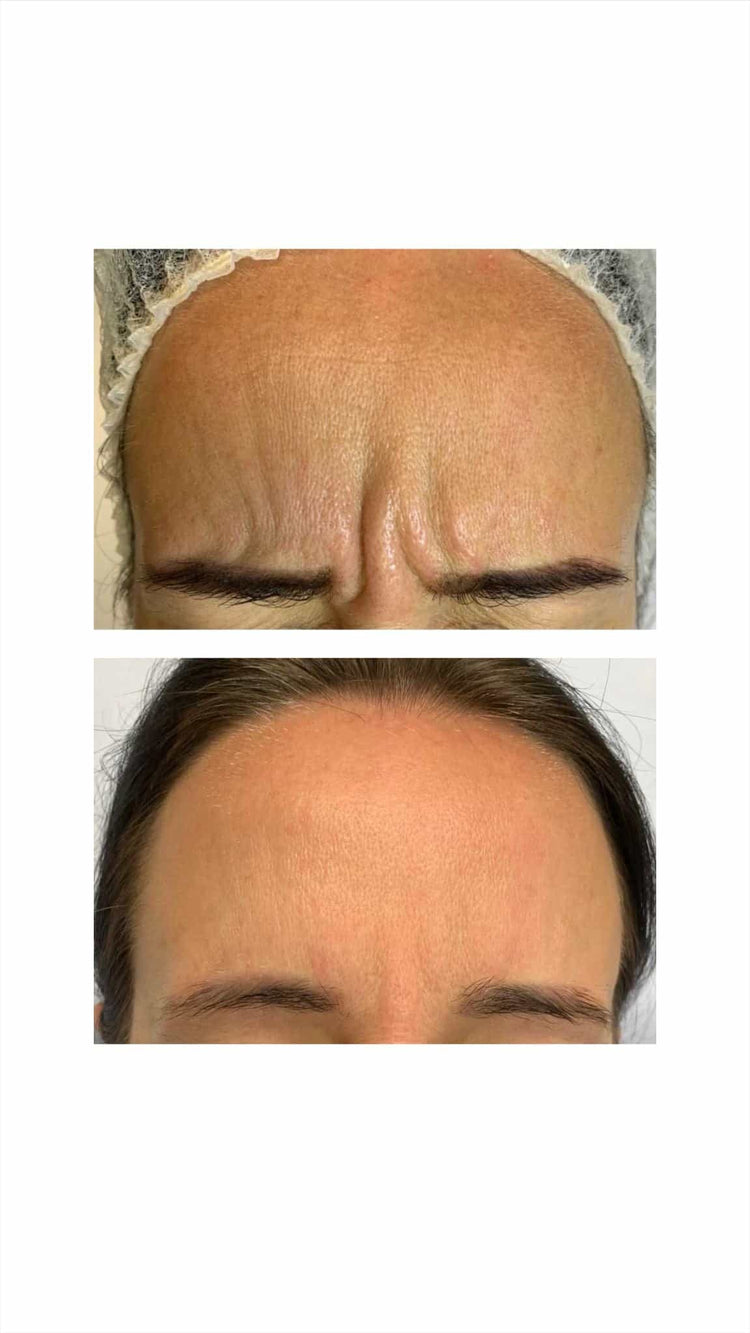What Are Anti-Wrinkle Injections Made Of?
Anti-wrinkle injections have become increasingly popular for their ability to reduce the appearance of fine lines and wrinkles. But what exactly are these injectable substances made of? Understanding the ingredients in anti-wrinkle injections can help individuals make informed decisions about their aesthetic treatments.
The Active Ingredient
Anti-wrinkle injections primarily contain a purified protein called botulinum toxin type A. This neurotoxin is produced by the bacterium Clostridium botulinum. Botulinum toxin works by blocking nerve signals to the muscles, preventing them from contracting. When injected into specific facial muscles, it temporarily paralyzes the muscles responsible for wrinkle formation, smoothing out the skin.
Other Ingredients
In addition to botulinum toxin type A, anti-wrinkle injections may contain other ingredients such as buffers, stabilizers, and preservatives. These additives help ensure the safety, stability, and longevity of the injection solution.
Buffers help maintain the appropriate pH level of the solution, while stabilizers prevent the botulinum toxin from degrading over time. Preservatives are used to inhibit bacterial growth and contamination.
Delivery Method
Anti-wrinkle injections primarily contain a purified protein called botulinum toxin type A. This neurotoxin is produced by the bacterium Clostridium botulinum. Botulinum toxin works by blocking nerve signals to the muscles, preventing them from contracting. When injected into specific facial muscles, it temporarily paralyzes the muscles responsible for wrinkle formation, smoothing out the skin.
In addition to botulinum toxin type A, anti-wrinkle injections may contain other ingredients such as buffers, stabilizers, and preservatives. These additives help ensure the safety, stability, and longevity of the injection solution.
Here’s a breakdown of these additional components:
- Buffers: Help maintain the appropriate pH level of the solution.
- Stabilizers: Prevent the botulinum toxin from degrading over time.
- Preservatives: Inhibit bacterial growth and contamination.
Safety and Regulation
Anti-wrinkle injections have surged in popularity as a method for reducing the appearance of fine lines and wrinkles. Understanding the composition of these injectables is crucial for individuals considering this aesthetic treatment.
FDA Approval and Monitoring

Anti-wrinkle injections primarily contain a purified protein called botulinum toxin type A. This neurotoxin is produced by the bacterium Clostridium botulinum. Botulinum toxin works by blocking nerve signals to the muscles, preventing them from contracting. When injected into specific facial muscles, it temporarily paralyzes the muscles responsible for wrinkle formation, smoothing out the skin.
In addition to botulinum toxin type A, anti-wrinkle injections may contain other ingredients such as buffers, stabilizers, and preservatives. These additives help ensure the safety, stability, and longevity of the injection solution.

Here’s a breakdown of these additional components:
- Buffers: Help maintain the appropriate pH level of the solution.
- Stabilizers: Prevent the botulinum toxin from degrading over time.
- Preservatives: Inhibit bacterial growth and contamination.
Potential Side Effects
While anti-wrinkle injections are generally safe when administered by a qualified healthcare professional, potential side effects can occur. These side effects are typically mild and temporary, often resolving within a few days.
Common side effects include bruising, redness, swelling, and tenderness at the injection site. Headaches, drooping eyelids, and difficulty swallowing are also possible but less frequent. In rare cases, more serious complications can arise, such as allergic reactions or muscle weakness.
It is crucial to consult with a healthcare provider to discuss your medical history and any potential risks before undergoing anti-wrinkle injections. Following the provider’s instructions for pre- and post-treatment care is also essential to minimize the risk of side effects and ensure optimal results.
Individuals with certain medical conditions, such as muscle or nerve disorders, should avoid anti-wrinkle injections.
Book your appointment for forehead wrinkle reduction at It’s Me & You Clinic with Dr. Laura Geige
- The Role Of Sexual Compatibility In Relationship Satisfaction - November 5, 2025
- THC Seltzers As A Healthier Alternative To Alcoholic Drinks - November 4, 2025
- Skin Texture And Tone Improvement In Haslemere, Surrey - November 2, 2025

